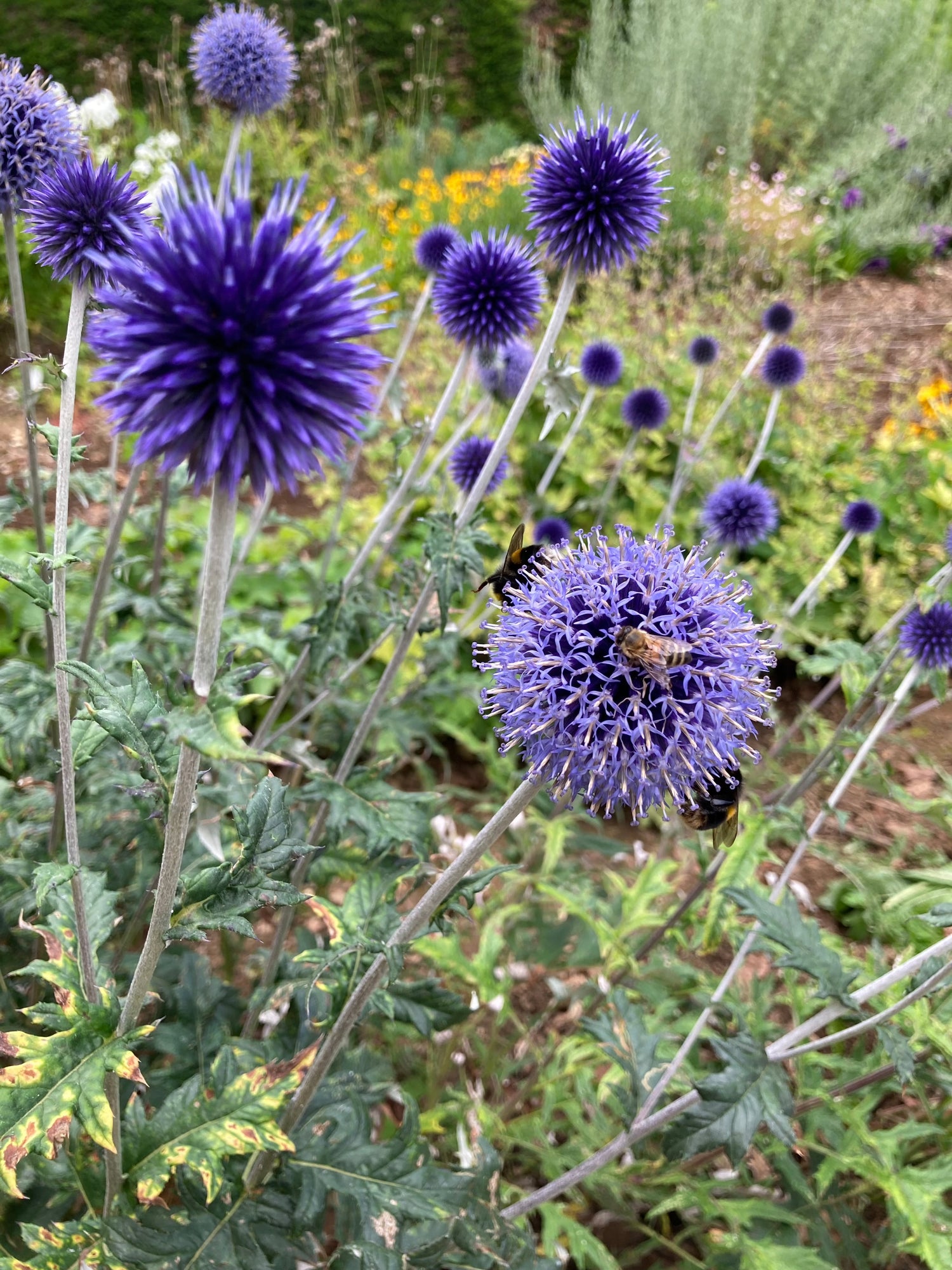Geranium Ann Folkard - AGM
Geranium Ann Folkard - AGM


Champion Plants
Low stock: 9 left
Couldn't load pickup availability
Geranium Ann Folkard - AGM
Experience the unique beauty of Geranium Ann Folkard, a stunning variety of Cranesbill with magenta flowers and striking yellow foliage. This plant is perfect for semi-shade to full sun, creating a vibrant display in any garden. Named after O.G. Folkard in 1974, this natural hybrid between Geranium psilostemon and Geranium procurens has a large habit and forms a spreading mound of golden foliage. Unlike other varieties, it does not root from spreading stems, making it non-invasive.
- Height: Easily maintained to 50cm
- Spread: Easily maintained to 1m, with a sprawling, tumbling habit, non spreading, dies back to tight clump
- Foliage Colour: Bright yellow in spring fading to a paler yellow/green
- Flower Colour: Pink/purple flowers with black centers
- Soil Type: Moist, well drained, sandy, loam
- Position: Full Sun to partial shade
- Hardiness: Hardy once established in a sheltered spot, H7 (-15 and lower)
- Type: Deciduous, Herbaceous perennial
With a height of 50cm and a spread of 1m, this herbaceous perennial is easily maintained and has a sprawling, tumbling habit. The foliage starts off bright yellow in spring and fades to a paler yellow/green, while the flowers are a beautiful pink/purple with black centers. This plant thrives in moist, well-drained soil and can tolerate full sun to partial shade. Once established in a sheltered spot, it is hardy (H7) and will come back year after year.
Geraniums are divided into two types: Greenhouse Geraniums (officially Pelargoniums) and hardy perennial Geraniums, also known as Cranes Bill. This variety falls into the latter category and is easy to grow, making it a great addition to any garden border. The Genus is vast, ranging from small alpines to large perennials. These plants are generally happy in most conditions, except for very wet and boggy areas. They mainly flower from spring to late summer and have a low growth habit, making them ideal for ground cover and the front of borders. For vigorous varieties, trim back after the first flowering to encourage regrowth and a second flowering. In winter, a good mulch will provide all the nutrients needed for a strong spring growth.
Share
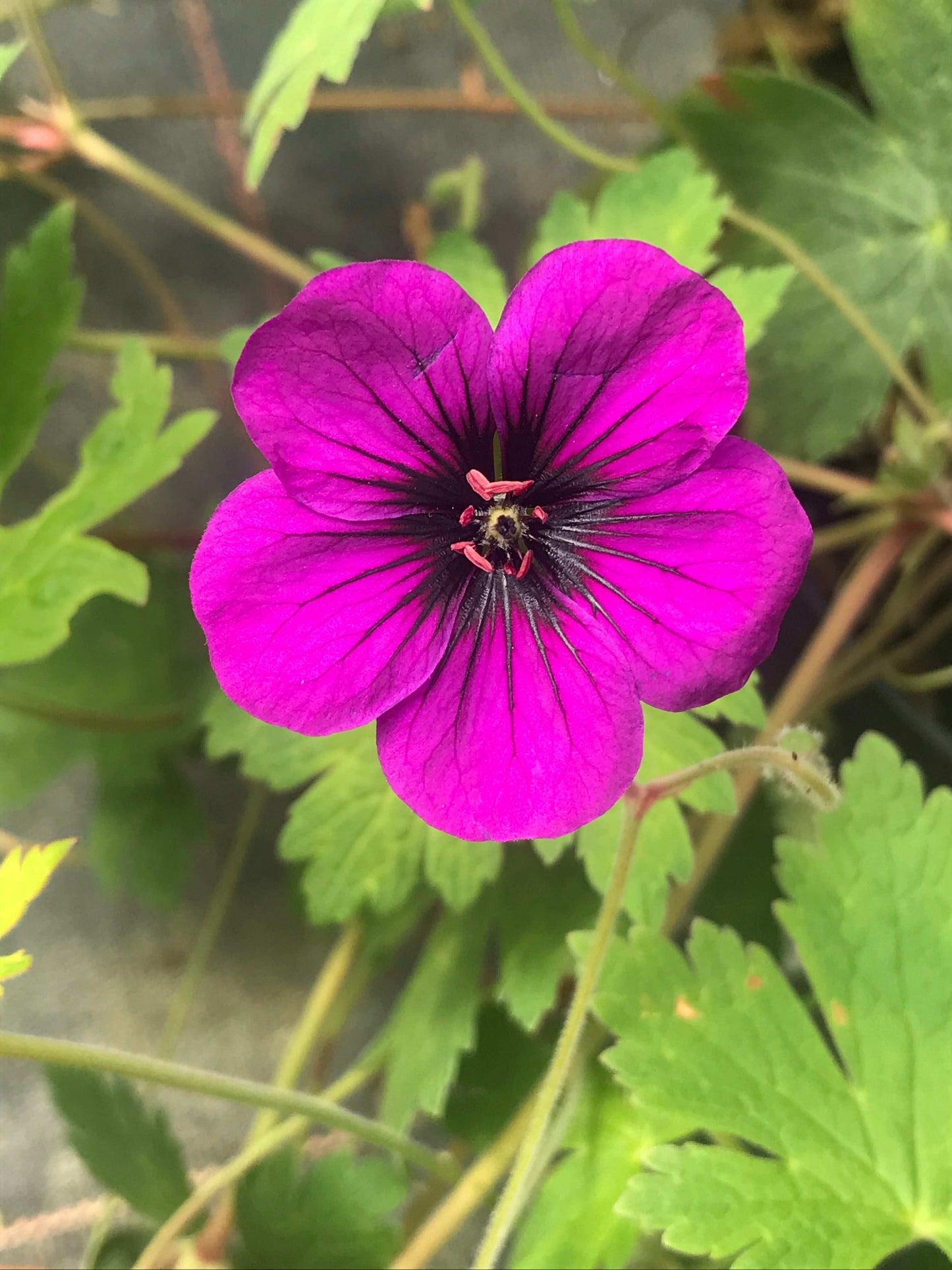
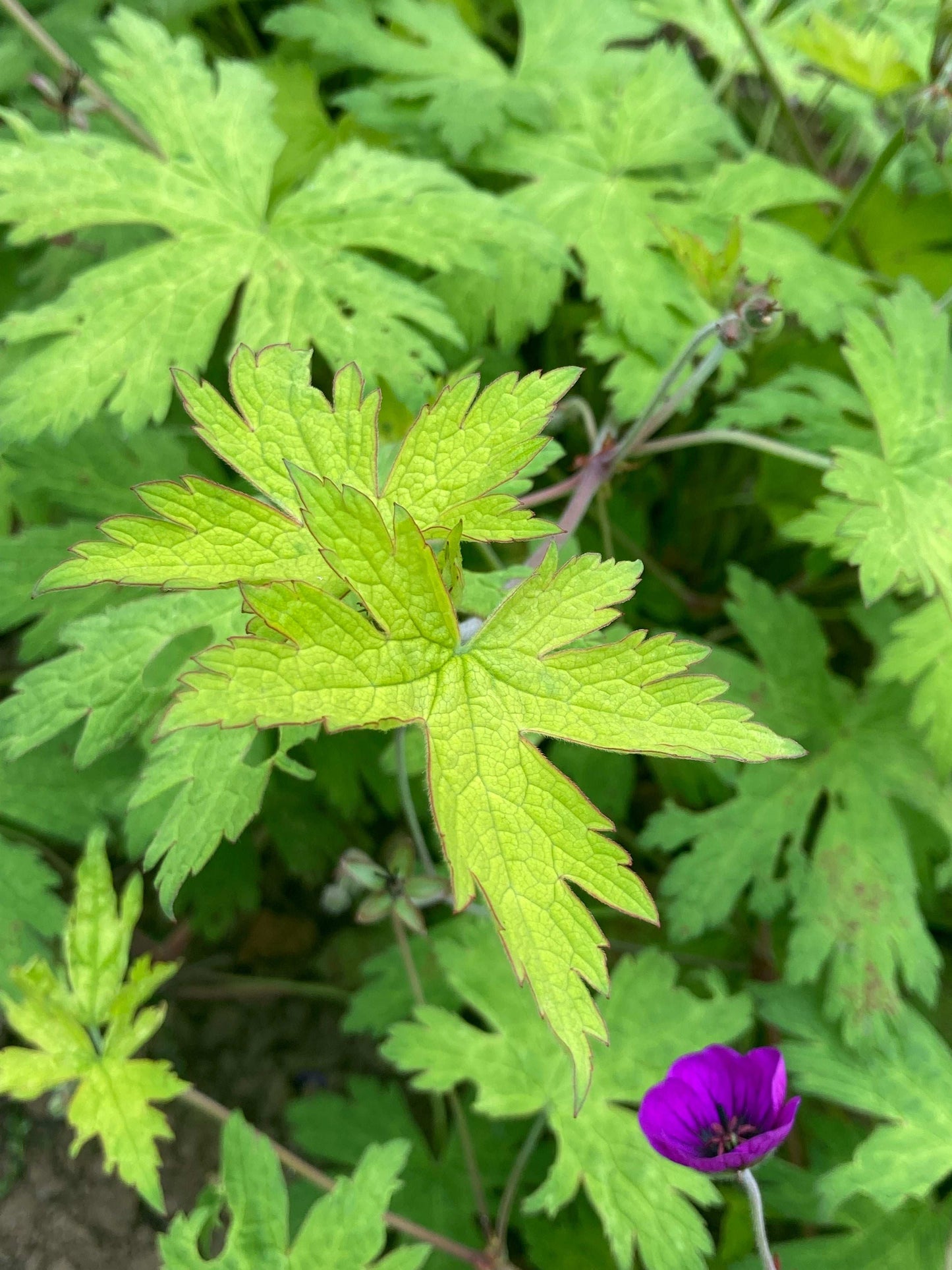
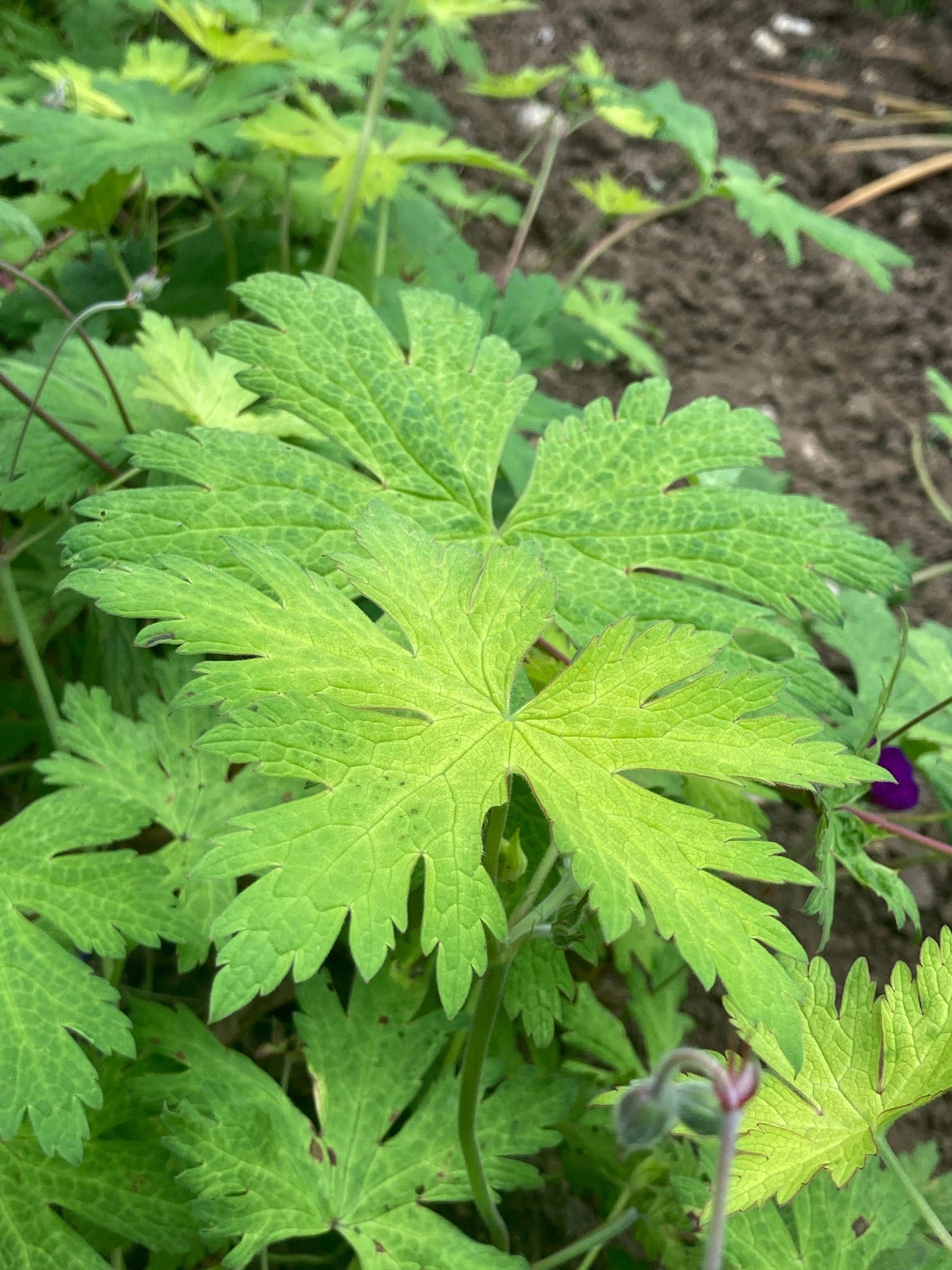
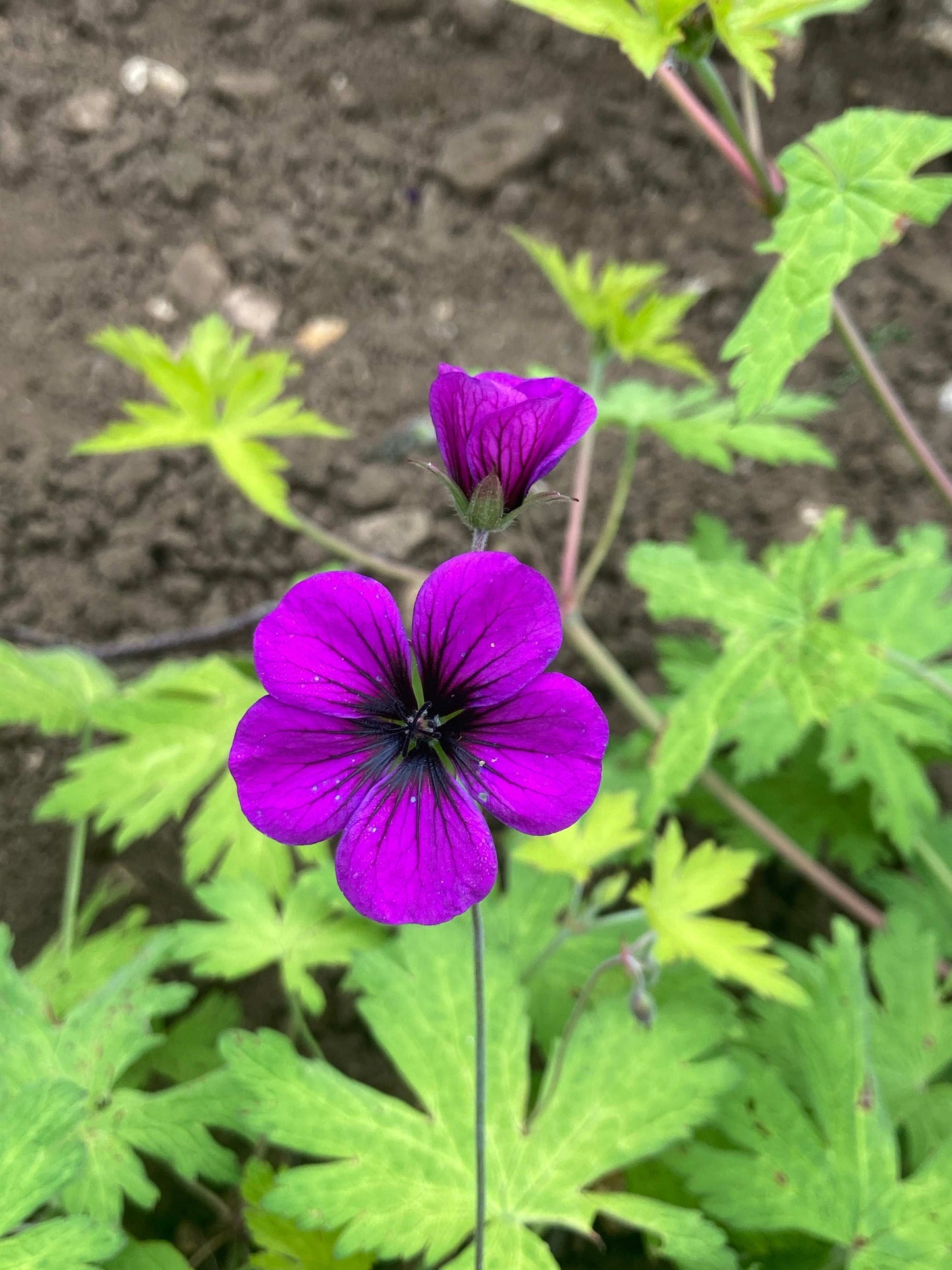
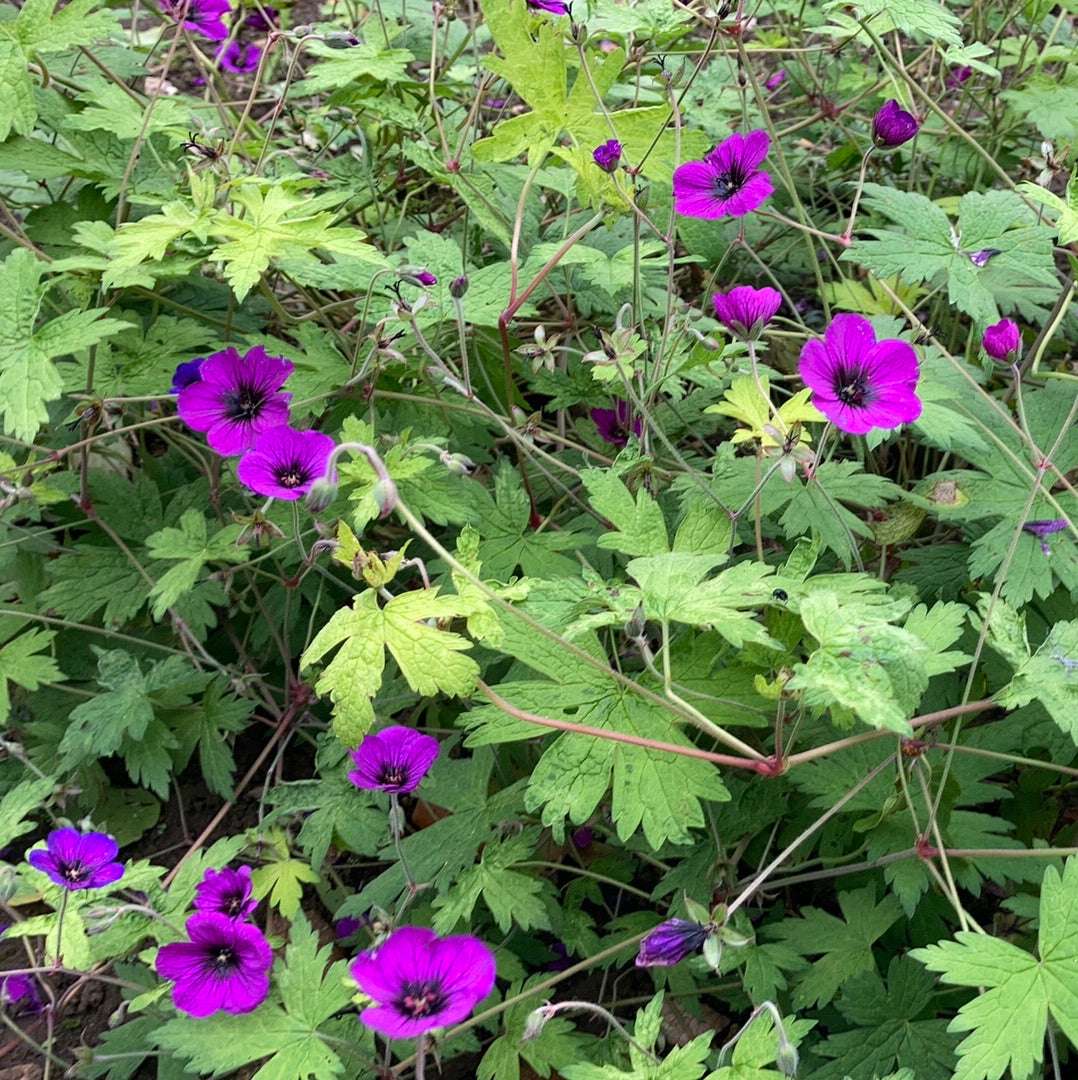
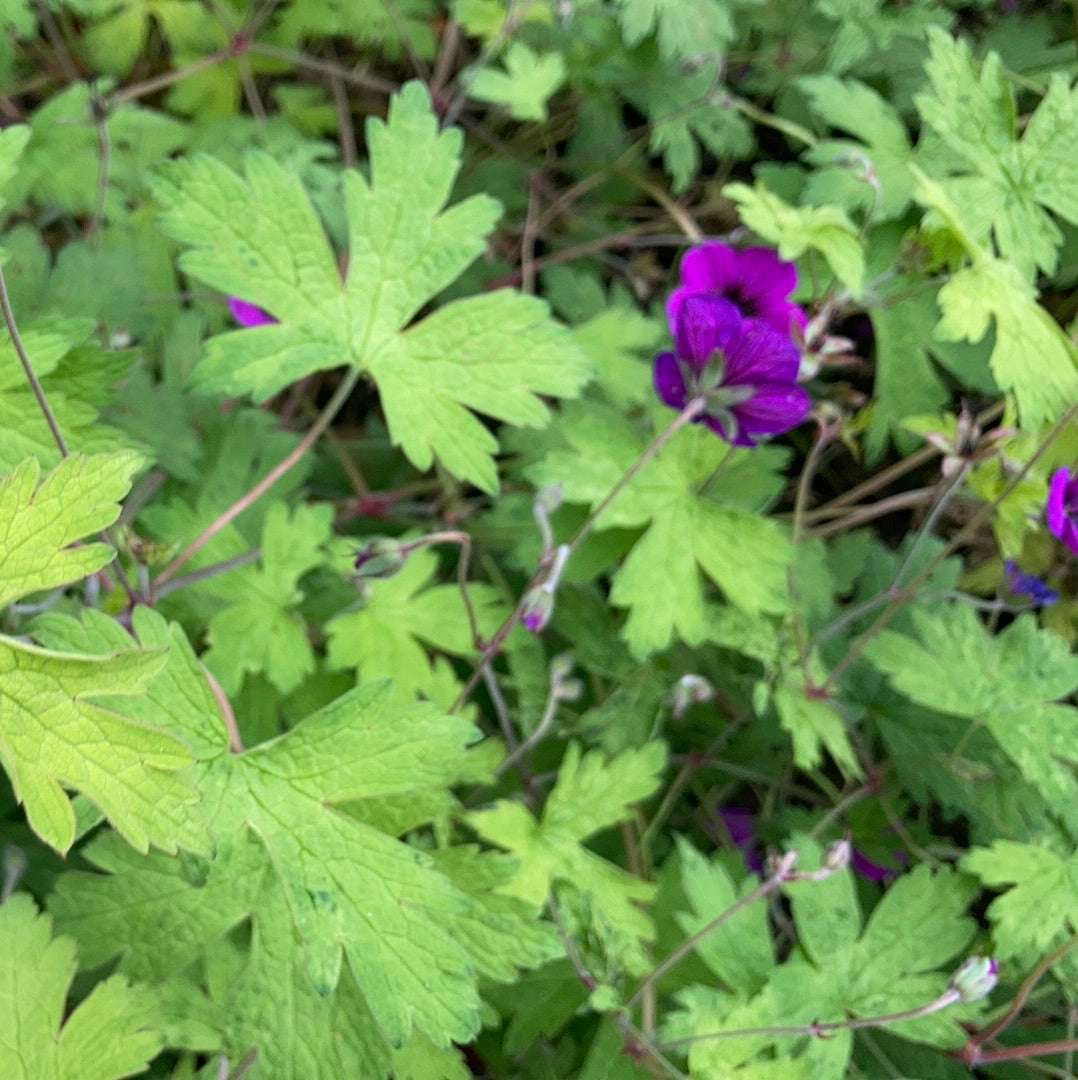
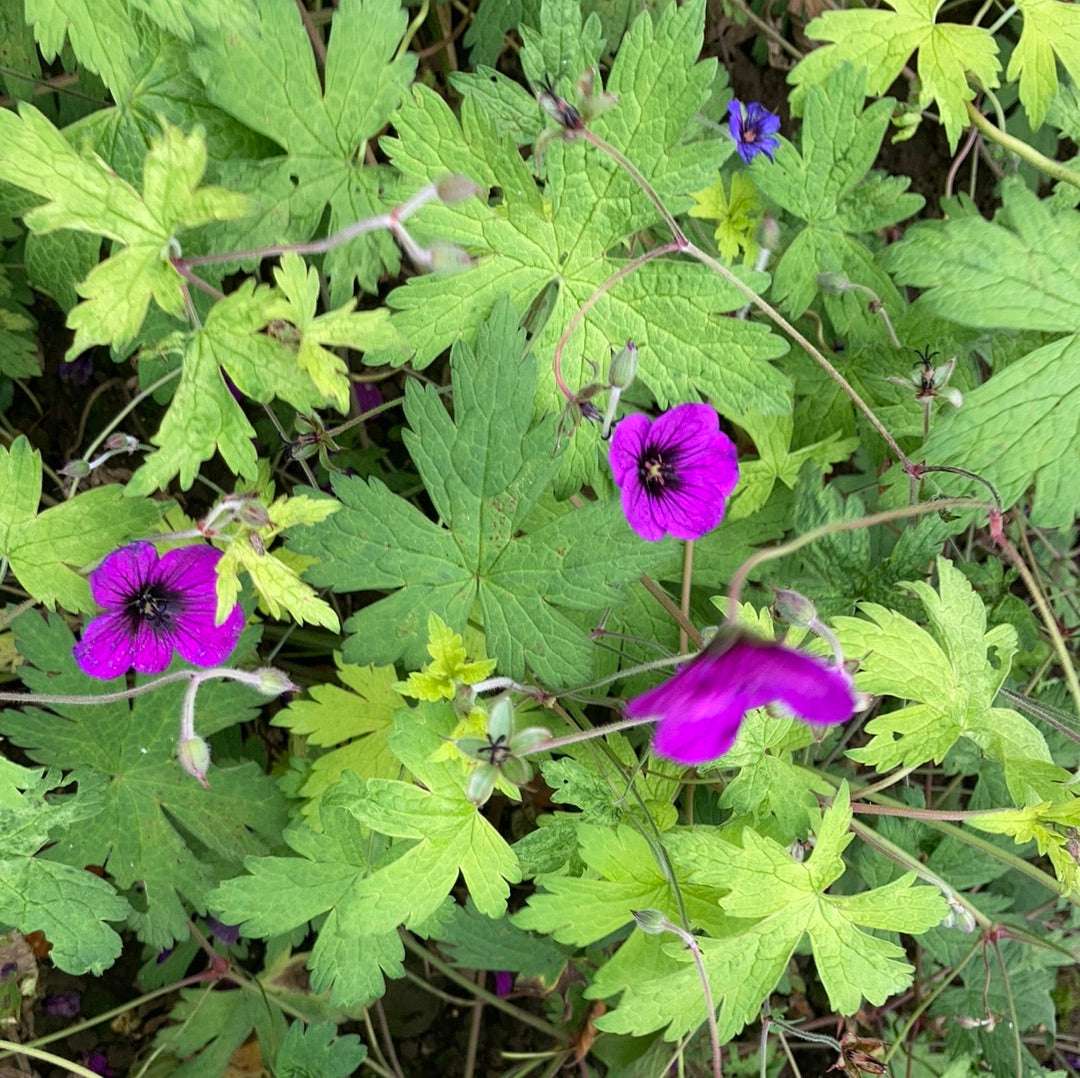
More Details
Why Choose Champion Plants?
We distinguish ourselves through our focus on quality and diversity, offering UK-grown plants in peat-free compost for Eco-conscious gardening. Order your plants now to see the difference that care and expertise make.
- Grown in the UK: All of our plants are cultivated right here in Somerset, ensuring they are perfectly suited to being planted throughout UK gardens.
- Peat-Free: Committed to sustainability, all our plants are grown in peat-free compost, supporting Eco-friendly gardening.
- Family Values: A family-run business for over 20 years, we bring you quality with a personal touch. Our love for gardening is reflected in every plant we sell.
- Diverse Selection: Whether you're looking to enhance your garden with perennials, shrubs, grasses, or exotic beauties, we have a vast array of plant categories to explore.
Delivery Details
We have now stopped dispatching orders until after the Christmas break. You can still order to reserve stock but orders will not be dispatched until early January 2026.
- Same Week Dispatch: Orders before 09:00 AM Monday dispatch on Tuesday/Wednesday. Orders after this dispatch the next Tuesday/Wednesday.
- Stock: Plants are dispatched based on current stock, ensuring quick delivery without long waits.
- Dispatch Time: Allow up to 5 working days for dispatch, extended to 10 during peak times.
- Collection: Click and collect available; contact us to arrange.
- Free Delivery: On orders over £250, via courier or pallet depending on plant size.
- UK Shipping: Mainland UK only, excludes Channel Islands, PO Boxes, Scottish Highlands, Northern Ireland, BFPO.
- No International Delivery.
- Delivery Charges: Royal Mail 1st Class: £5.99 for parcels 0-0.99kg. 48HR Courier/Royal Mail 1st Class: £8.99 for parcels over 1kg.
- Local Delivery: £5 within 5 miles of North Perrott, including Montacute, Stoke Sub Hamdon, etc.
- Plants are securely packed according to type for safe transit.
- Unhappy with your plant? Contact us within 7 days of receipt. You cover return postage, and if the plant arrives back in good condition, we'll refund the purchase and initial delivery cost.
- 30-Day Guarantee: If your plant has any issues within 30 days of delivery, contact us for a replacement or refund. Proof of care (e.g., photos) may be required.
Contact Us
Contact Jason or Kate here at the nursery by:
Phone: 0146075732 or 07891661763
Email: orders@championplants.co.uk
